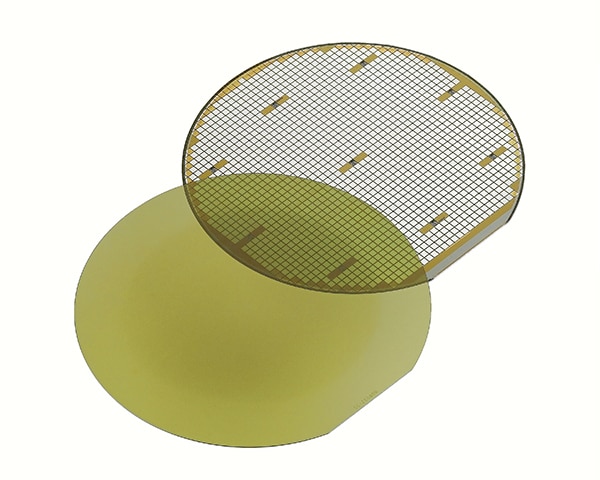Most design engineers want an ideal low dropout regulator (LDO) due to its superior dynamic performance and low quiescent current, yet it is challenging to achieve.
In my previous blog, "What is dropout of LDO (Low DropOut Regulator)?" I explained what dropout means, how it is specified and the company’s product portfolio for side dropout parameters.
Continuing the series, this blog will focus on load transient response and its relation to quiescent current.
Let’s define a couple of terms:
- Load transient response is the disturbance to the output voltage due to a step-change in the load current on an LDO.
- Ground current is the consumption of the LDO for the load over the full range of output current. Ground current can be dependent on output current but is not always so.
- Quiescent current is the ground current (consumption) of an LDO at zero load on the output.
|
Parameter
|
LDO1
NCP148
|
LDO2
NCP161
|
LDO3
NCP170
|
|
Load Transient Response
|
Best
|
Good
|
Worse
|
|
Quiescent current
|
High
|
Low
|
Ultra-low
|
Table 1. Comparison of LDO structures
For a comparison of load transient response results and quiescent current of LDOs, see the example in Table 1 that juxtaposes different structures of LDOs to demonstrate the tradeoff. LDO1 has the best load transient response and a high quiescent current. LDO2 has a low quiescent current but just a good load transient response, not the best. LDO3 has an ultra-low quiescent current but a worse load transient response.
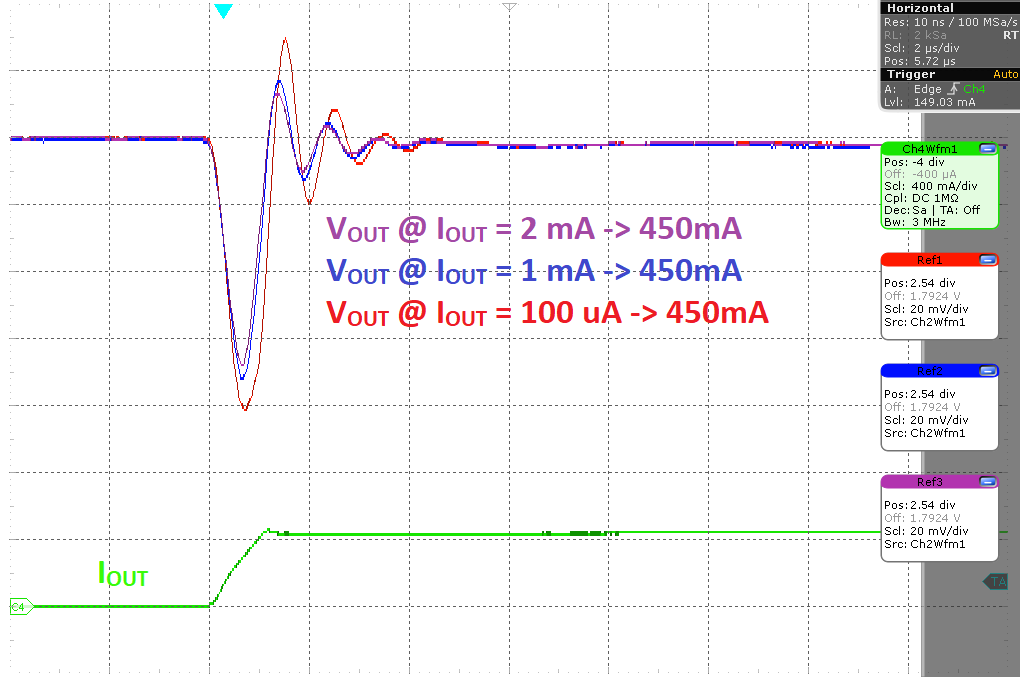
Figure 1. Load transient response of NCP148
Our NCP148 LDO is an example of an LDO with a high quiescent current but the most ideal dynamic performance. Referencing Figure 1, you can see that the load transient response of NCP148 for steps of output current from low level to a high level: 100 µA -> 250 mA, 1 mA -> 250 mA and 2 mA -> 250mA. You can see that there is a minor difference between the output voltage waveforms.
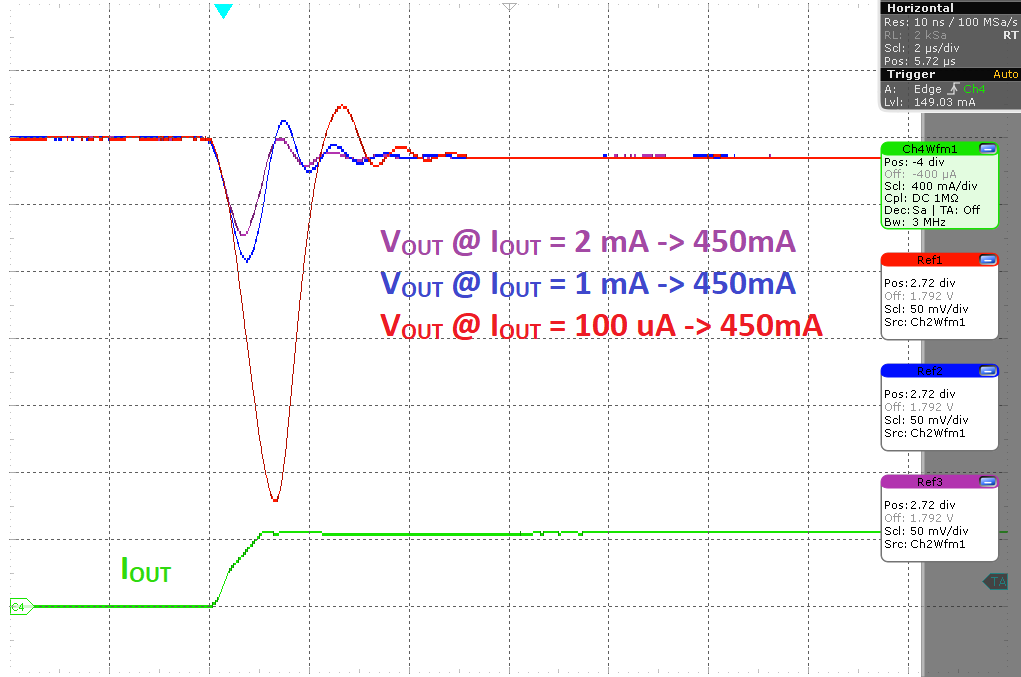
Figure 2. Load transient response of NCP161
Look at Figure 2 for comparison, which is the load transient response of the NCP161. An internal feature called ‘adaptive bias’ makes it possible to have an LDO with a low quiescent current and good dynamic performance. This feature adjusts the internal currents and bias points of the LDO internal feedback depending on the output current. But even with adaptive bias, there are some limitations. When the adaptive bias is not active and the load current is higher than 1 mA, then the load transient response is good. However, a much bigger difference appears when the initial current level is 100 µA, activating the adaptive bias. When IOUT = 100 uA then adaptive bias sets lower currents in the internal feedback circuits, so the response is slower and the load transient response is worse.
Figure 3 shows ground current as a function of load current for the two devices. NCP161 has a lower quiescent current and lower ground current at low load current. However, as seen in figure 1, NCP148 has a better transient response for a load step from a very low load.
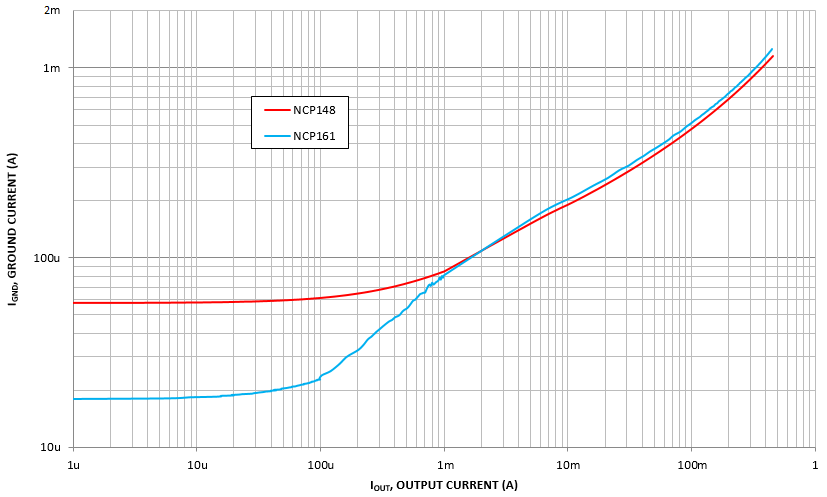
Figure 3. Ground current of NCP161 and NCP148
NCP170 has a very low quiescent current of only 500nA. Figure 4 shows NCP170’s load transient response. Due to very slow internal feedback, it has a worse dynamic performance regardless of the initial output current.
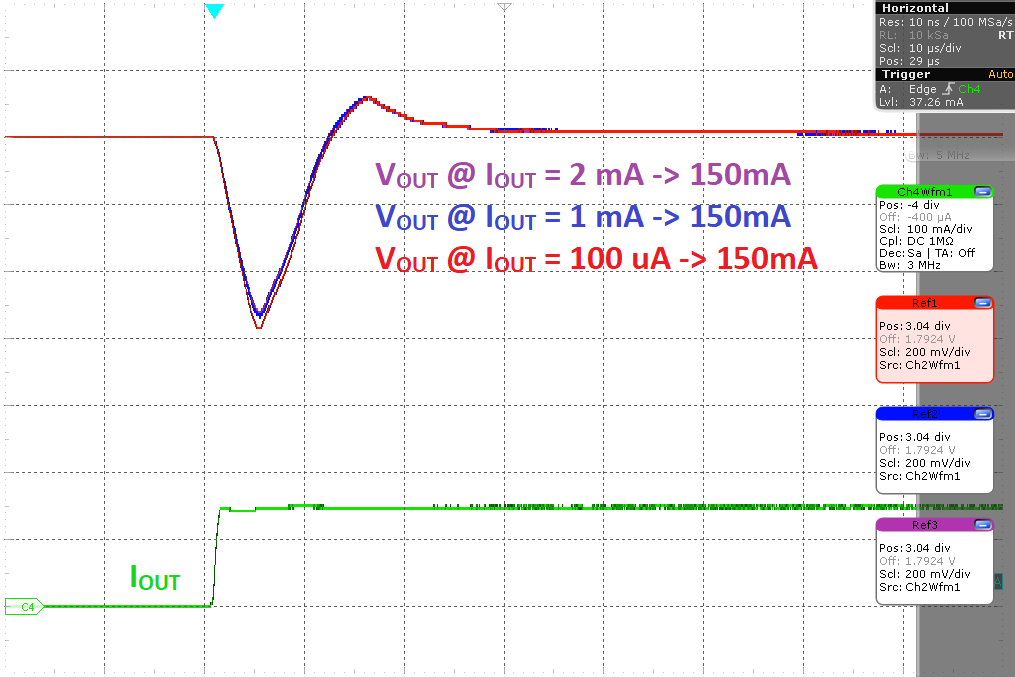
Figure 4. Load transient response of NCP170
However, the requirements of applications on battery life are increasing, which drives requirements for quiescent current to be lower. The newest ON Semiconductor part with ultra-low quiescent current is NCP171, which has a quiescent current of 50nA. This will allow longer time between charges or lighter portable electronics, as batteries are typically the heaviest component.
It’s key to select the proper load transient response while also minimizing quiescent current. The good transient response usually means a higher LDO quiescent current; on the other hand, poor load transient response usually means lower quiescent current. To help design engineers achieve optimal load transient response, be sure to check out our various product offerings based on the needs of your specific applications.
Products Mentioned in Blog:
• NCP148
• NCP161
• NCP170
• NCP171
Additional Resources to Check Out:
• What is dropout of LDO (Low Dropout Regulator)
Be sure to subscribe to our blog and follow us on social media to receive the latest updates on our technologies, solutions and company news!
Twitter | Facebook | LinkedIn | Instagram | YouTube




